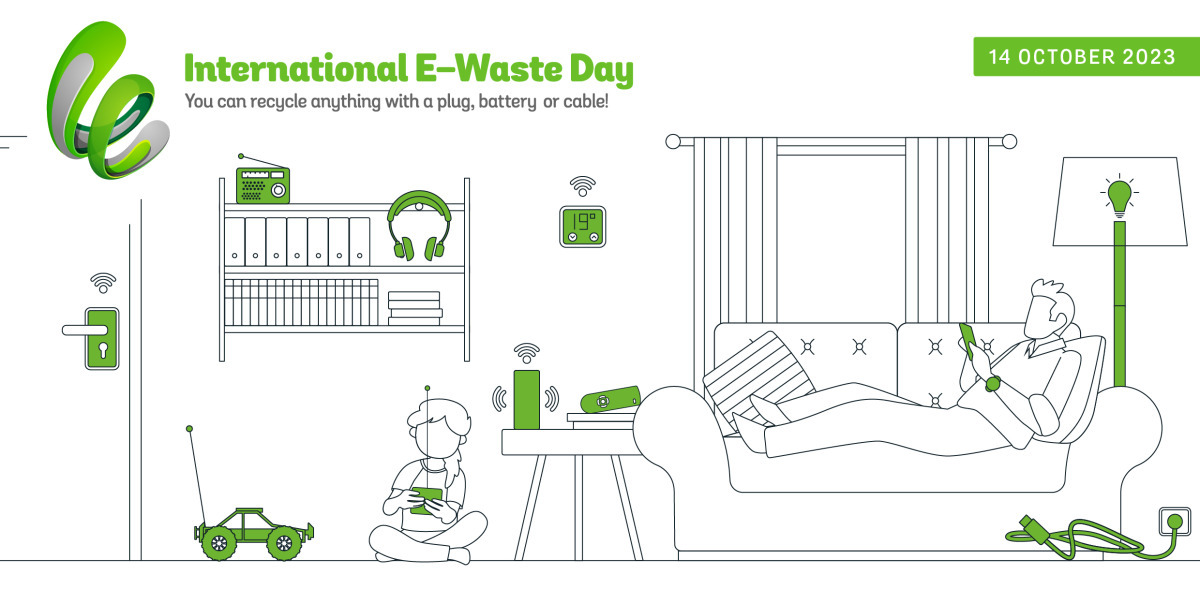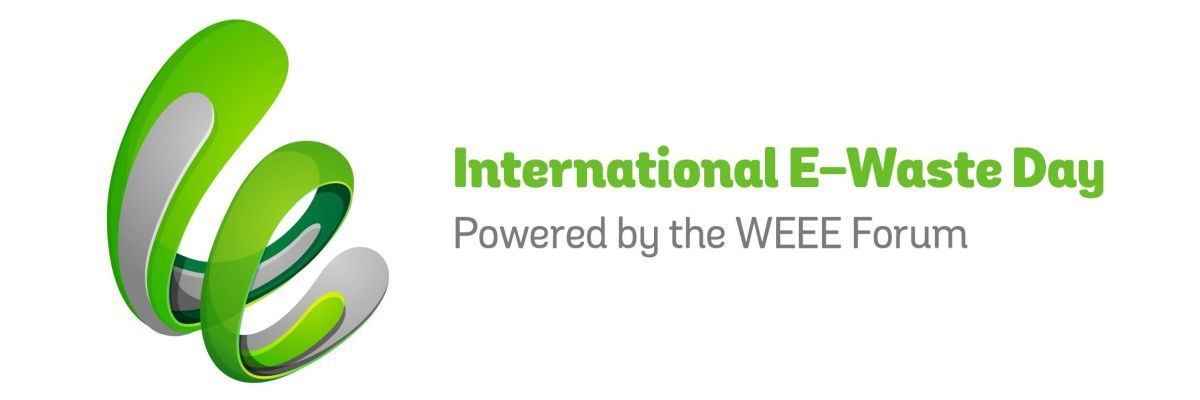Invisible e-waste in the spotlight of International E-Waste Day
15.09.2023The 6th edition of International E-Waste Day will take place on 14 October, and this year's focus is on an often-overlooked issue – the one of invisible e-waste. All entities interested in electronic waste are invited to join in this global awareness raising effort.
 You can recycle anything with a plug, battery or cable
You can recycle anything with a plug, battery or cable
© WEEE Forum
Invisible e-waste refers to electronic waste that goes unnoticed due to its nature or appearance, leading consumers to overlook its potential for recycling. Some examples of these types of objects, largely present in households are: electric and electronic toys, e-cigarettes, power tools, smoke detectors, smart home gadgets, e-bikes, e-scooters, and electrical cables.
This year, International E-Waste Day is inviting consumers and businesses worldwide to recognise the hidden risk of overlooking the recyclability of some gadgets and to take action. WEEE Forum, the international association of e-waste producer responsibility organisations, encourages everyone to play their part in ensuring that these discarded items are properly identified and directed to dedicated collection points for responsible recycling.
Why is invisible e-waste a problem?
According to a study developed in 2022 by the United Nations Institute for Training & Resources (UNITAR) and WEEE Forum members in 6 countries (UK, Italy, Portugal, Romania, Slovenia and The Netherlands), of the 74 e-products found in an average household 13 are being hoarded (9 of them unused but working and 4 broken). Small consumer electronics and accessories (such as headphones or remote controls – often not recognised as electronic items) rank top of the list of hoarded products. If these gadgets remain in the drawers and cupboards, the valuable resources they contain do not re-enter the manufacturing cycle.
When electronic devices and components are disposed of improperly because they are not recognised as e-waste, they often end up in landfills or incinerators. Electronics contain various hazardous substances such as lead, mercury, cadmium, and flame retardants, which can leach into soil and water sources, polluting ecosystems and posing risks to human health.
These devices also contain valuable resources, including precious metals like gold, silver and copper, as well as rare and strategic elements, called Critical Raw Materials, which are crucial for the green transition and production of new electronic devices. When e-waste is not recycled properly, these valuable materials go to waste.
Why the "All Actors” approach?
Invisible e-waste issue is part of a bigger picture: according to the United Nations, 8 kg of e-waste per person will be produced worldwide in 2023. This means 61.3 million tonnes of electronic waste discarded within a year with only 17.4% of this waste, containing a mixture of harmful substances and precious materials, will be recorded as being properly collected, treated and recycled globally.
Electronic waste is not a challenge that can be tackled by any single entity alone. It requires the combined efforts of all stakeholders, from manufacturers to consumers, recyclers to policymakers, and beyond. The "All Actors” approach, advocated by the WEEE Forum, emphasises that everyone has a role to play in mitigating the environmental and societal risks caused by electronic waste.
Pascal Leroy, Director-General of the WEEE Forum, said about this year’s campaign: "Invisible e-waste is a silent emergency that demands our attention. We must all recognize the role we play in this issue and work together to address it. As we highlight the importance of properly sorting small gadgets that contain electronic components, we are reminded that, in fact, all electricals must be properly recycled, including bigger appliances where we have no doubts whether they are electronic or not. International E-Waste Day provides a platform for us to unite and take action." He continued: "We believe that the 'All Actors’ principle can have a meaningful impact on solving the electronic waste problem. Every entity, that has access to e-waste, big or small, has a role to play in reducing e-waste's environmental footprint."
For the occasion the WEEE Forum will release, during September, a series of short videos featuring representatives of recyclers, retailers, collection points and sorting centres from countries around Europe to give their perspective on the invisible e-waste issue and show the work undertaken so far.
The main outcome of the videos is clear: the challenges are similar everywhere and the difference can be made by the level of awareness of consumers and by the convenience of the collection infrastructure.
What can you do to help?
- Register your participation: to be a part of this global movement, individuals and organisations are encouraged to register. Registering is easy and helps build a network of like-minded individuals and organisations committed to addressing this pressing issue. Any kind of awareness raising activity is welcome: from social media campaigns to city street collections, events, conferences or even art performances! Upon registrations participants are provided with communication materials to help the awareness raising efforts.
- Educate and advocate: share information about e-waste on social media using the hashtag #ewasteday. Advocate for responsible e-waste disposal and recycling in your community and workplace.
- Proper e-waste disposal: ensure that your old electronic devices and accessories are disposed of correctly. Find your nearest e-waste collection point and encourage others to do the same.
- Support recycling initiatives: support recycling programs and initiatives that aim to reduce the environmental impact of electronic waste. Consider repairing, donating or selling your used electronics.

